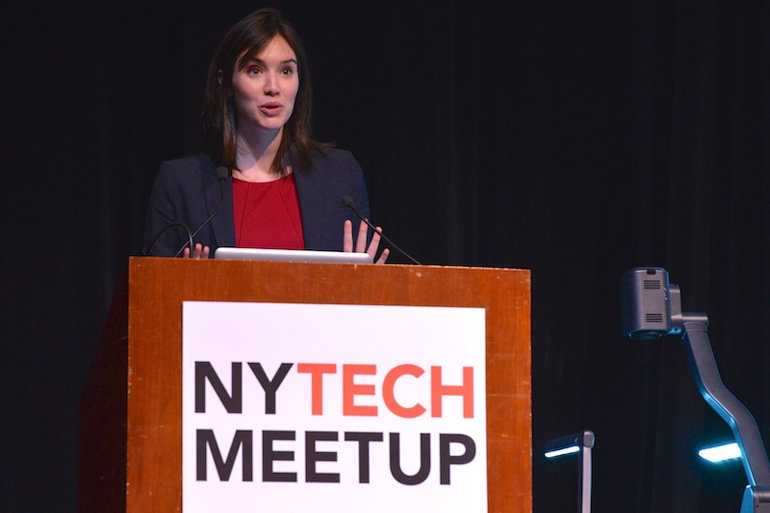Originally posted at GOVERNING.
By Steve Goldsmith.
Big data presents not only challenges but also the potential to radically improve what governments do. The need for a point person to manage that information and build strategies for using it is clear.
As governments have worked over the past decade or so to take advantage of the dramatic opportunities offered by the Internet and other emerging technologies, the position of chief information officer has become pervasive. Today, however, public executives are struggling with a new challenge: unlocking the potential of big data, the increasingly commonplace data sets too large and complex for traditional data processing systems.
As the issues and opportunities surrounding big data — from privacy to personalization to predictive analytics to citizen-generated apps — seem to compound almost weekly, the importance of a new role, chief data officer (CDO), is emerging.
Peter Aiken and Michael Gorman, authors of the new bookThe Case for the Chief Data Officer,predict that the volume and dimensionality of data will continue to grow exponentially. The private sector harnesses the power of data and tracks trends that contribute to the bottom line. But government must respond to diverse constituencies, each quantifying value quite differently, making it harder for government to link data usage to performance.
Back in 2011 in New York City, Rachel Haot became the nation’s first local government CDO, holding the title of chief digital officer. Haot’s mandate is enumerated in a strategic plan created in her first 90 days, a road map delineating Mayor Michael Bloomberg’s goal for New York to become the world’s leading digital city. In that road map, Haot explained how a CDO becomes the linchpin in any such strategic plan: “It is not only about data, orinfrastructure, or STEM education, or online engagement or supporting tech industry growth — it analyzes how all of these areas are deeply interconnected, and provides coordination.”
Since its introduction in May 2011, every initiative of the mayor’s digital road map has been achieved. More than 2,000 data sets have been released to the public, and the city incentivizes “civic hackers” to create new applications from that data. New York also recently replaced its decade-old city website with a new user-centric site. NYC.gov, which attracts 3.7 million monthly visitors, acts as the customer service and communications hub of the city’s comprehensive outreach strategy, which has tripled its social media audience through 14 smartphone apps, three text messaging programs and 340 social media channels.
Last year in Philadelphia, Mayor Michael Nutter created a chief data officer position by executive order. CDO Mark Headd is an executive within the information technology department whose mandate is to implement the mayor’s open data policy. To do so, Headd bridges two worlds. He not only helps departments release their data but also serves as an energetic liaison to the growing world of engineers, journalists, civic activists and technology thought leaders whose innovative use of municipal data creates significant value for the city.
Philadelphia, like other cities, faces challenges from stovepiped departmental data. For example, about a dozen different departments have long collected information about residential and commercial properties, but none could see a property in its entirety. When Philadelphia reassessed every piece of real estate this past year, Headd seized an opportunity to streamline property record keeping by linking multiple data systems, an initiative he recognized as merely “the beginning of the process, the means to a larger end.”
CDOs in the public sector can begin by asking questions like these: “Does my government collect data that is relevant to how we operate?” “Do my departments use and share that data?” “Do I make decisions based on that data?” The CDO can determine whether the right data is being collected, decide where to deploy analytics resources and create uniformity across agencies.
Across the nation, governments like New York City and Philadelphia are floating in an ocean of digital information. Without someone at the nexus of that data, it will be difficult to survive what some predict as the impending tsunami of big data. Appointing an individual to coordinate all of government’s digital activities and policies under one umbrella is a good first step, one that other cities including Baltimore, Chicago and San Francisco have taken, along with some states and the federal government.
The case for a chief data officer is simple: Such a person can offer governments small, medium and large the power to radically improve what they do.
* * *
Stephen Goldsmith is a Professor of Government at the Harvard Kennedy School. This post first appeared on Governing.com’s Better, Faster, Cheaper Blog.
Stephanie Larkins contributed to the research and writing for this column. She is a research assistant at the Ash Center for Democratic Governance and Innovation and a student in the master’s in public administration program at the University of Pennsylvania.





